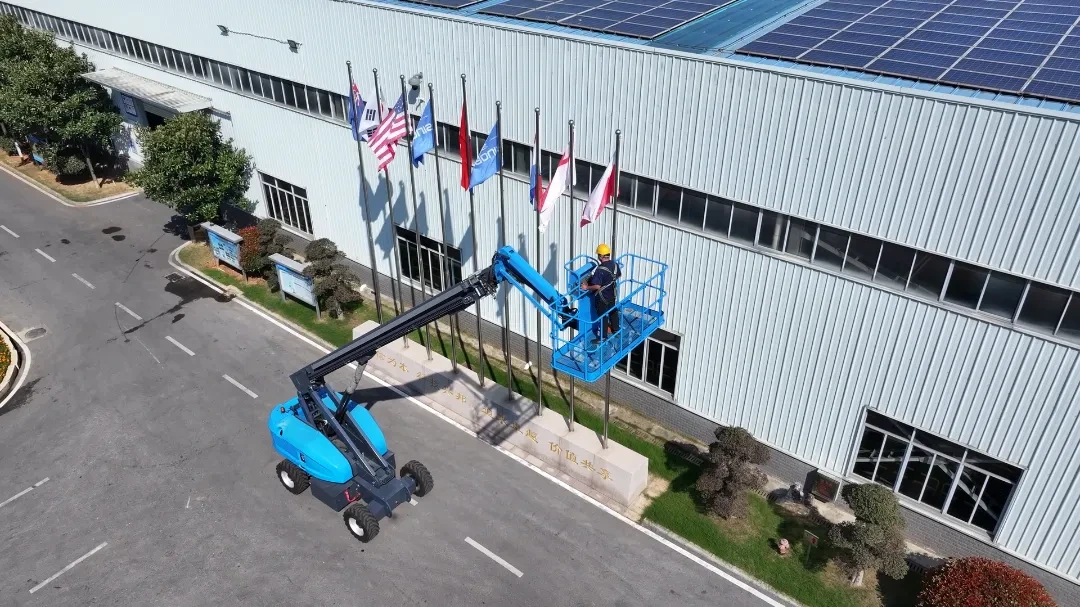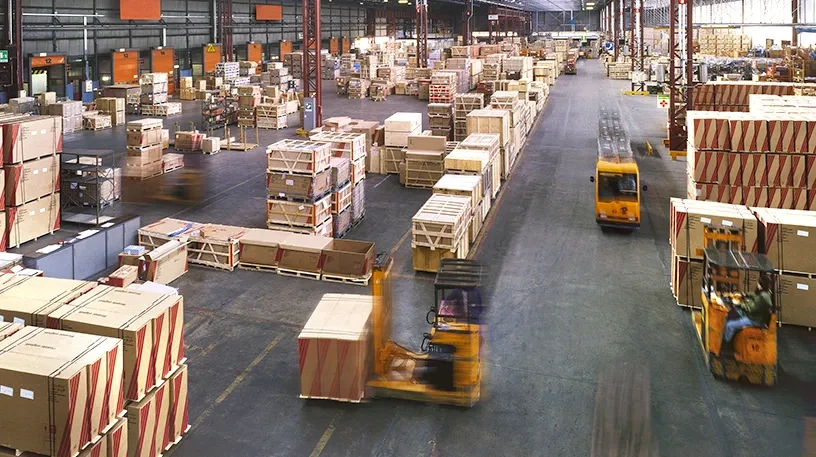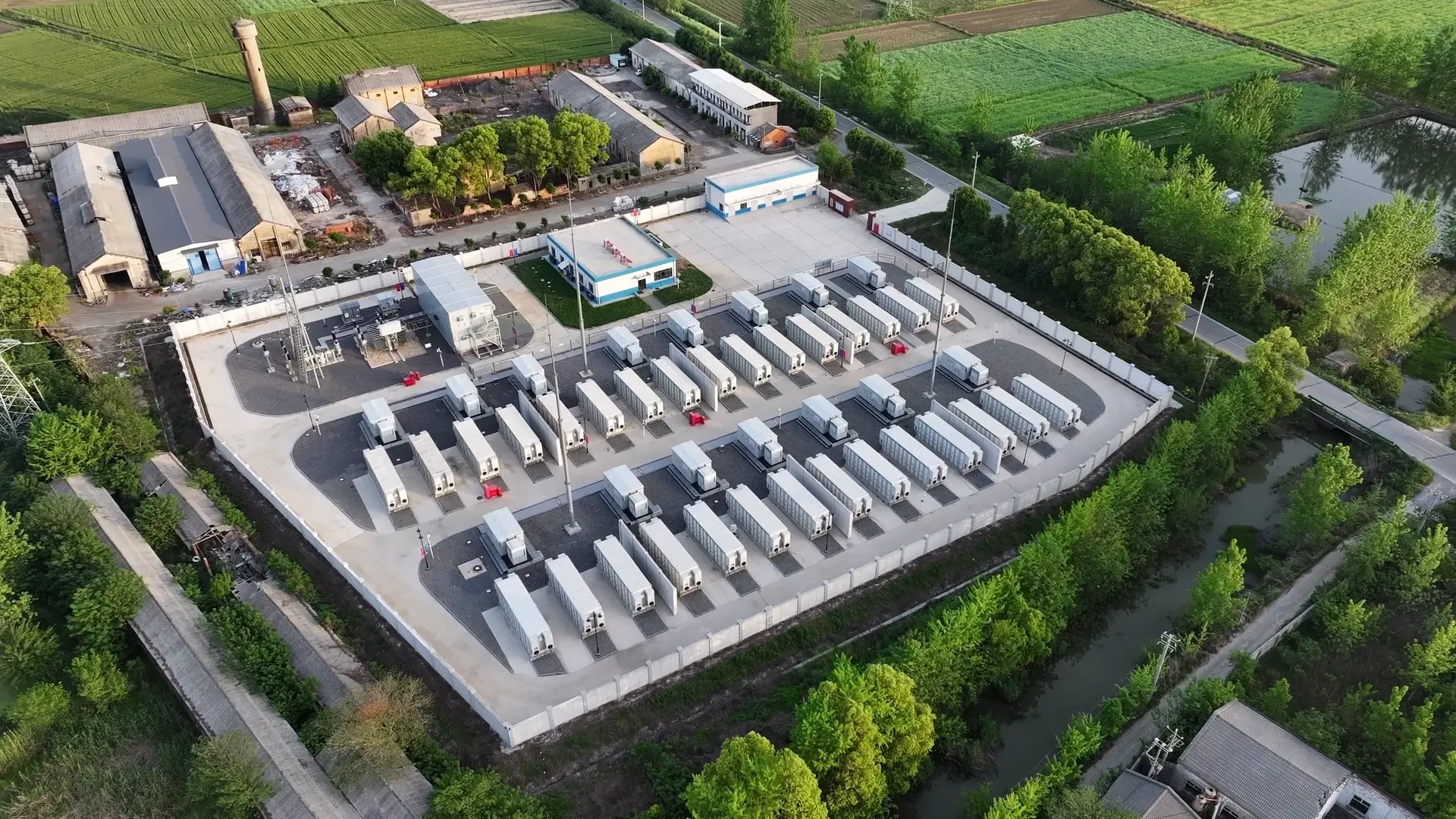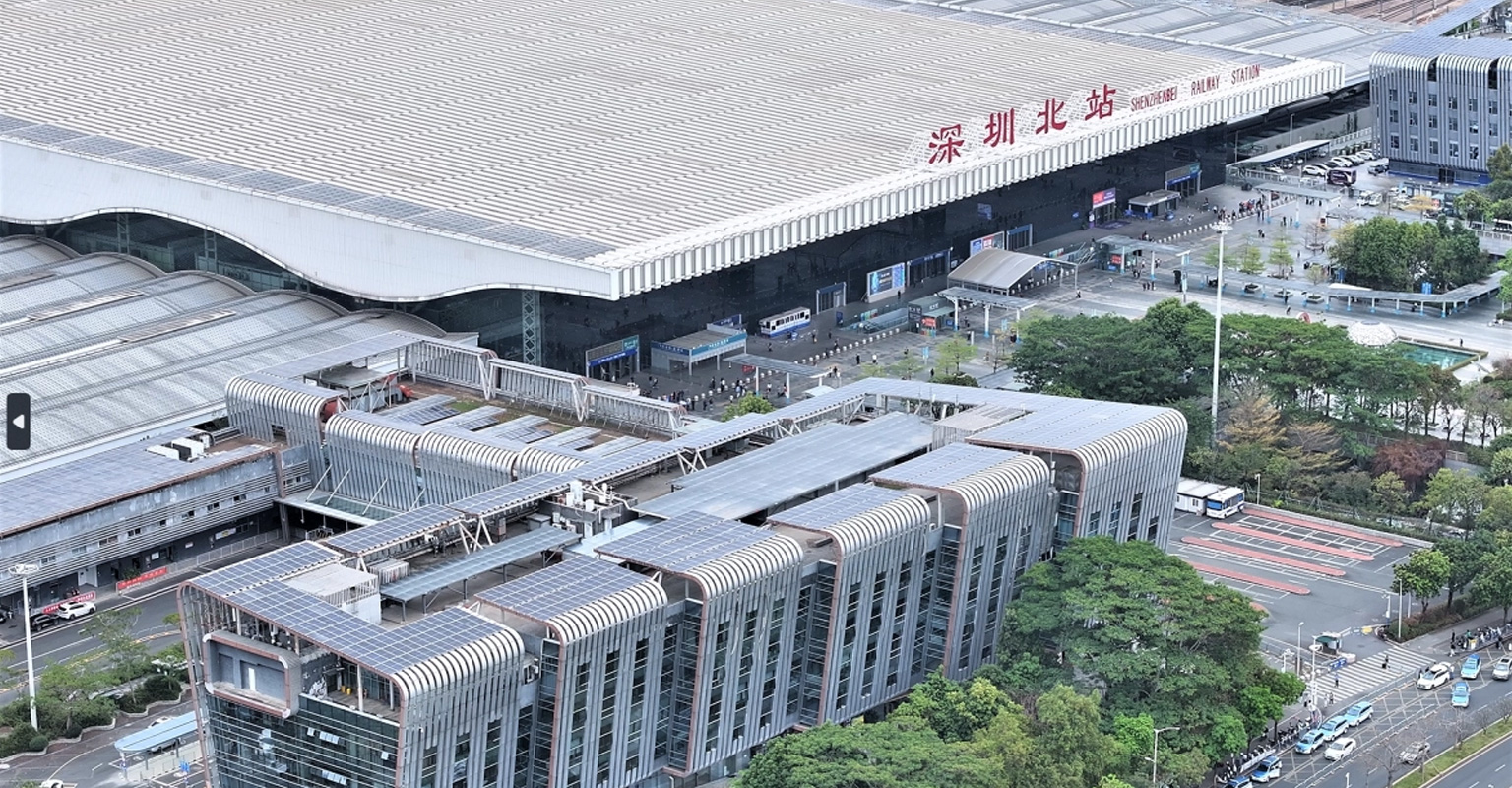When the electricity grid fails, telecom towers and equipment depend on batteries and backup systems to stay online. But operators often face problems such as downtime, theft, high maintenance costs, and energy inefficiency, which can affect both network performance and profits.
Fortunately, advanced batteries for telecommunications are designed to tackle these issues. In this article, we’ll look at the main challenges in telecom power backup and how modern battery solutions help operators solve them.
Why Reliable Power Backup Matters in Telecom
Telecom networks need constant power to keep base stations running. Even a few minutes of power loss in a station can:
● Disrupt network availability for thousands of subscribers
● Cause revenue loss for operators
● Lead to customer dissatisfaction and churn
● Impact emergency services dependent on reliable communication
That’s why telecom power backup systems—comprising batteries, rectifiers, and generators—play such an important role. Among these, telecom batteries are often the first line of defense against power interruptions, bridging the gap until generators or renewable energy sources take over.
Challenge 1: Network Downtime
Power outages, whether caused by unstable grids, extreme weather, or remote locations with limited electricity access, remain the primary cause of telecom network downtime. Different battery technologies behave differently under stress, and selecting the right solution is key to ensuring continuous operation.
Ensuring Continuous Network Operation with Advanced Batteries
● Lead-acid telecom batteries are widely trusted for their reliability and cost-effectiveness in traditional or cost-sensitive installations. They provide stable performance under standard conditions.
● Lithium telecom batteries offer higher energy density and longer backup duration, making them suitable for space-constrained sites or high-load applications.
● Smart Battery Management Systems (BMS) can monitor battery health, charge status, and performance trends for both types, reducing the risk of unexpected downtime.
By choosing the appropriate battery technology for each site and integrating intelligent monitoring, operators can minimize downtime while balancing cost and performance.
Challenge 2: Battery Theft and Damage
Telecom towers are often located in rural or unattended areas, making them vulnerable to theft. Batteries, especially those with recyclable materials, can be targeted. Theft or damage to batteries can lead to sudden network outages and replacement costs.
Protecting Telecom Batteries from Theft and Damage
● Lead-acid batteries can be secured with protective enclosures and alarms, making them less accessible to thieves.
● Lithium batteries generally have lower resale value and can be equipped with remote monitoring to detect unauthorized access.
● Both battery types can integrate anti-theft features such as locking cabinets, IoT alerts, and site surveillance.
These measures help operators safeguard assets and maintain network reliability.
Challenge 3: High Operations & Maintenance Costs
Operations and maintenance (O&M) are a major expense for telecom operators. With thousands of distributed tower sites, keeping backup systems operational requires significant resources. Battery maintenance, replacement, and site visits all add to operational costs.
Reducing O&M Costs Through Smart Battery Solutions
● Lead-acid batteries require regular maintenance, such as water top-ups and inspections, but their initial purchase cost is lower.
● Lithium batteries feature longer service life and reduced maintenance needs, which can lower total cost of ownership over time.
● Remote monitoring through BMS allows operators to detect early signs of degradation or imbalance, enabling predictive maintenance for both types of batteries.
● Modular and scalable designs simplify service procedures, reducing both downtime and labor costs.
Selecting the right battery for the site type and usage pattern can optimize O&M costs while ensuring reliable backup.
Challenge 4: Energy Efficiency and Sustainability
Energy efficiency and sustainability are increasingly important as operators aim to reduce fuel costs and carbon emissions. Diesel generators combined with inefficient batteries increase operational expenses and environmental impact.
Boosting Energy Efficiency with Advanced Telecom Batteries
● High-efficiency lithium batteries reduce energy losses during charge and discharge cycles and support integration with solar or hybrid systems.
● Lead-acid batteries can also work efficiently when paired with optimized power management systems, especially for sites with moderate load and grid availability.
● Both battery types can contribute to greener telecom operations by supporting renewable energy solutions and reducing generator runtime.
● Intelligent energy management ensures maximum utilization of stored energy while minimizing emissions and operating costs.
By carefully selecting battery technology and integrating with renewable power sources, operators can improve energy efficiency and sustainability.
Choosing the Right Telecom Battery
When planning backup power, operators must consider battery type, runtime, environment, cost, and future energy integration. Lead-acid batteries (VRLA, AGM, Gel) are reliable and cost-effective for traditional sites, while lithium-ion batteries offer longer life, lighter weight, and higher performance in space-constrained or high-demand applications. Sites with unstable grids need longer backup, and both battery types must handle local temperature extremes. While lithium batteries often reduce total lifecycle costs for long-term or intensive use, lead-acid remains a practical choice for cost-sensitive scenarios. Batteries compatible with solar or hybrid systems help future-proof telecom sites.
The Future of Telecom Power Backup
With 5G and future networks, energy needs at tower sites are rising. Modern lead-acid and lithium batteries now feature AI-driven monitoring for predictive maintenance, renewable energy integration, modular designs for easy scaling, and second-life applications for sustainability. Using the right mix of technologies, operators can handle growing network demands efficiently while controlling costs and reducing environmental impact.
Conclusion
Downtime, theft, high O&M costs, and energy inefficiency remain key challenges in telecom power backup. Advanced telecom batteries, whether lead-acid or lithium, provide solutions tailored to different site requirements.
By selecting the appropriate battery type, combining it with intelligent monitoring, and integrating with renewable energy where possible, operators can ensure reliable connectivity, optimize operational costs, and support sustainable network growth.
Choosing the right telecom battery solution is not just a technical decision—it’s a strategic investment in network reliability and long-term operational efficiency.




























 2025-09-03
2025-09-03 Name
Name Tel
Tel Email
Email Country
Country Company
Company Information
Information